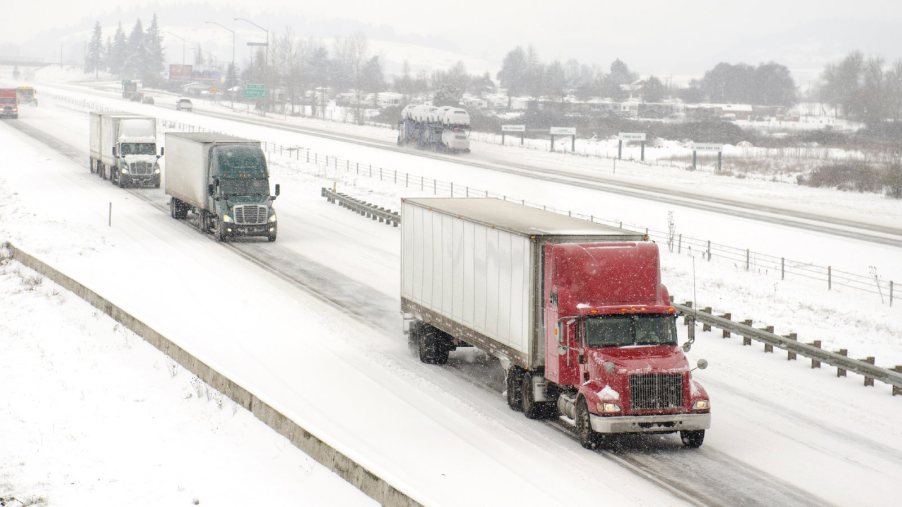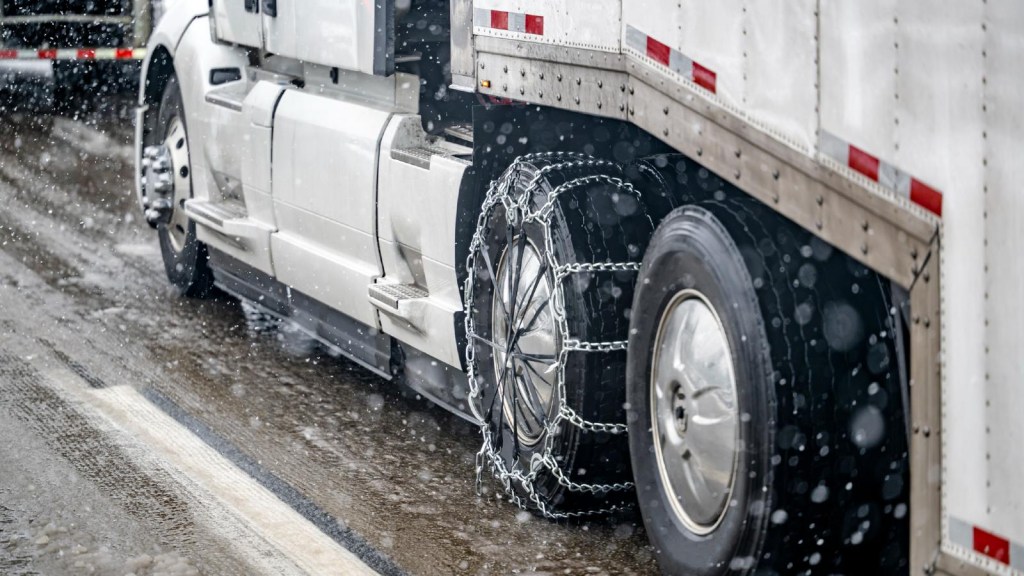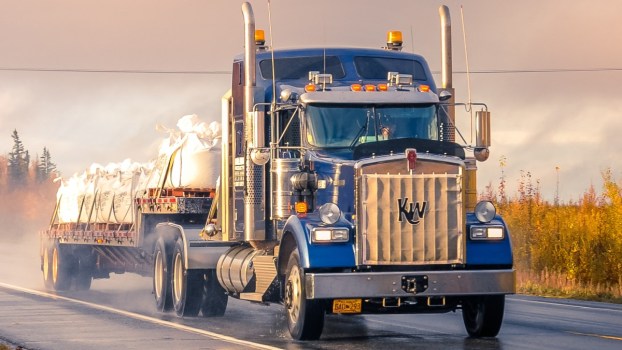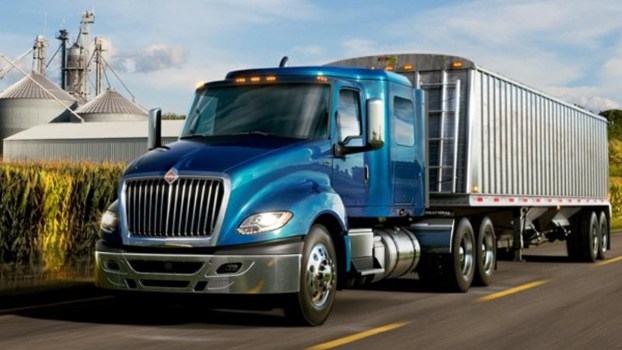
Do the Semi-Trucks Passing on the Highway Use Snow Tires?
Why do semi-truck drivers seem much more confident in the snow than other drivers? Is it because they sit higher up in a tall cab? Is it because they have better equipment in their vehicles? Are they simply better drivers? We could answer “yes” to all three questions. When semis pass on snow-covered roads do you wonder if these trucks have snow tires?
What are snow tires?
Those who live in Northern areas should be at least passingly familiar with snow tires. These tires are softer than traditional all-season tires and have chunkier treads to handle driving on snow. Snow tires are made for the cold and challenging conditions of driving on snow but not for driving during the warmer months of the year.
Strangely, semi-trucks do not switch over to snow tires when the white stuff begins to fall. Can you imagine replacing 18 wheels with snow tires to get across the Northeast only to change back to all-season tires when crossing into warmer areas of the country? This doesn’t sound like a good idea, does it? Thankfully, truckers have a much better solution to driving in inclement weather.
Do truckers change tires in snow-covered areas?
Instead of switching to snow tires, which aren’t useful in warmer climates, semi-trucks often change from the traditional rib tread tires to all-season tires that look more like those used on passenger cars. The difference in these treads allows semi-trucks to travel on roads in any climate.
Not all trucks switch to a more traditional tread in the winter. Preparing a semi-truck for travel in snow-covered areas is more about checking the tread depth than changing all 18 wheels with tires made for colder climates.
According to Trucking Truth, truckers are to ensure at least 4/32-inch tread depth in every major groove on front tires and at least 2/32-inch for all other tires. A deeper tread is better than a shallower tread. Truckers must use a tire tread gauge to check this depth.

Why don’t semi-trucks use snow tires?
Heavier vehicles drive better in low traction scenarios. This means those semi-trucks passing you by while you drive in your small SUV or sedan have much better grip thanks to the added weight of the truck and trailer. Additionally, truckers tend to skip over the snow tires and go right for the good stuff when the roads are really bad. The good stuff, in this case, is tire chains. Some states mandate tire chains be used in foul weather, but most leave this up to the driver’s best judgement.
Is there another option for truckers?
Have you ever seen a line of semi-trucks parked along the side of a road. This typically occurs at a rest stop or weigh station during inclement weather. Truckers are professional drivers. They undergo extensive training to use engine braking, gear selection, and their judgement to stay safe under various road conditions. Still, sometimes the best way to handle wintry weather is to pull off to the side of the road and wait it out. This is what many truckers choose during bad weather.






